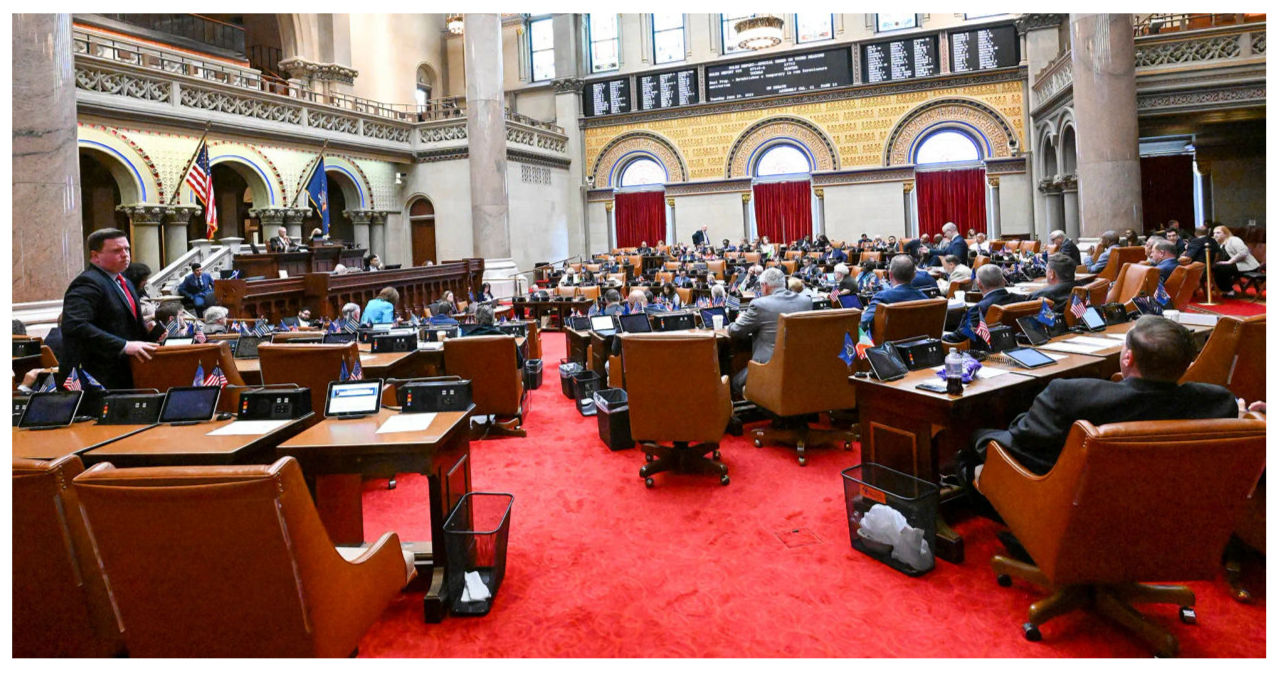State lawmakers are currently working on a plan to increase the pensions of public employees, which is expected to cost taxpayers billions of dollars.
State Senate and Assembly Democrats have both approved resolutions mandating that the pensions of public employees hired after 2012, also known as Tier 6 workers, be calculated based on their salaries for the last three years of service, rather than five.
According to Ken Girardin from the Empire Center, the current pension system in New York City and the state is leading to higher pension payouts and an increase in taxpayer debt. Girardin estimates that the pension funds for the city and the state have accumulated $4.4 billion in debt, with $2.2 billion owed to each. This debt is a result of generous pension benefits and promises made to public employees, which ultimately puts a burden on taxpayers.
Albany must not allow the implementation of insane housing laws in New York to push the Bronx back into the dark days of the past.
The impact would be immediate, as the modification would require the government to contribute more funds. This would result in the city alone contributing $163 million per year, with the amount doubling by 2040. Consequently, the city, state, school districts, and local governments would be faced with the options of implementing service cutbacks or increasing taxes.
Public employees in New York, including those in the least-generous Tier 6, already have access to generous pension benefits. These benefits are even more favorable when compared to those offered in the private sector, where guaranteed pension plans are rare. It is important to note that these pension benefits are also exempt from state taxes.
New York politicians are advocating for an increase in teacher, police officer, and government worker pensions, which could result in a staggering $4 billion bill for taxpayers. This proposal is causing concern among taxpayers and experts alike, as it could put a significant strain on the state’s already burdened budget. The push to pad these pensions comes at a time when New York is facing significant financial challenges, including a massive budget deficit and a struggling economy. Critics argue that such a move would only further exacerbate these issues and place an unfair burden on taxpayers who are already struggling to make ends meet. However, proponents of the plan argue that it is necessary to provide adequate retirement benefits to these public servants who have dedicated their careers to serving the community. The debate over pension reform is likely to continue as New York lawmakers grapple with the difficult task of balancing the needs of retired public employees with the financial realities of the state.
The cost to taxpayers has seen a significant increase over the years. In 2000, it was less than $1 billion, but by 2010, it had surged to $10 billion. By 2015, the cost had reached a staggering $17 billion. This information was highlighted by fiscal expert E.J. McMahon.



